
Shrews are small mole-like mammals classified in the order Eulipotyphla. True shrews are not to be confused with treeshrews, otter shrews, elephant shrews, West Indies shrews, or marsupial shrews, which belong to different families or orders.

The São Tomé shrew is a white-toothed shrew about 3.0 in (7.6 cm) long found only on São Tomé Island, São Tomé and Príncipe. It is listed as a critically endangered species due to habitat loss and a restricted range. It was discovered in 1886. The population continues to decrease, making these animals rare. It is found only on São Tomé Island, a small island that is actually a shield volcano that rises out of the Atlantic Ocean.

Eisentraut's mouse shrew is a Myosoricinae shrew found only on the island of Bioko, Equatorial Guinea. It is listed as a critically endangered species due to habitat loss and a restricted range.

The long-clawed shrew is a species of shrew. An adult long-clawed shrew has a weight of less than 20 grams (0.71 oz) and a body length of 54 millimetres (2.1 in) to 97 millimetres (3.8 in), with a tail of 40 millimetres (1.6 in) to 53 millimetres (2.1 in). It is distributed through the uplands of northeastern Asia, including northeastern North Korea.

The slender shrew is a species of shrew. An adult slender shrew has a weight of 1.5–5.3 g (0.053–0.187 oz) and a body length of 4.7–6.0 cm (1.9–2.4 in), with a tail of 4–5 cm (1.6–2.0 in); this makes it one of the smaller shrews found in its range. It is distributed across northeastern North Korea, Hokkaidō, and the Russian Far East including the Kuril Islands.

The Cameroonian Highlands forests, also known as the Cameroon Highlands forests, are a montane tropical moist broadleaf forest ecoregion located on the range of mountains that runs inland from the Gulf of Guinea and forms the border between Cameroon and Nigeria. This is an area of forest and grassland which has become more populous as land is cleared for agriculture.

The Savanna swamp shrew is a species of mammal in the family Soricidae. It is endemic to Nigeria. Its natural habitat is swamp.
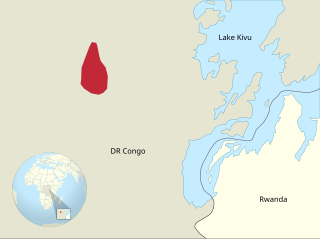
The Kahuzi swamp shrew is a species of mammal in the family Soricidae found in the Democratic Republic of the Congo. Its natural habitat is swampland.
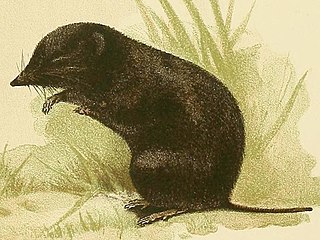
Myosorex is a mammal genus in the Soricidae (shrew) family. The genus, collectively referred to as the mouse shrews, contains these species:
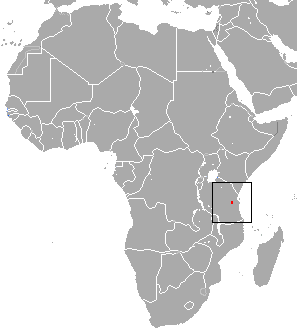
The Geata mouse shrew is a species of mammal in the family Soricidae endemic to Tanzania. Its natural habitat is subtropical or tropical moist montane forests.

Kihaule's mouse shrew is a species of mammal in the family Soricidae endemic to Tanzania where it is known only from the Udzungwa Mountains, at the western end of the Eastern Arc Mountains. Its natural habitats are subtropical or tropical moist montane forests and plantations. It is threatened by habitat destruction and the International Union for Conservation of Nature has assessed its conservation status as being "endangered". It was named after Philip M. Kihaule, a medical-entomological technician, who considerably contributed to the documenting of the small mammals of Tanzania and collected the type specimen of this shrew.

The Oku mouse shrew is a species of mammal in the family Soricidae endemic to Cameroon. Its natural habitat is subtropical or tropical moist montane forests.

Schaller's mouse shrew is a species of mammal in the family Soricidae endemic to the Democratic Republic of Congo. Its natural habitat is subtropical or tropical moist montane forests.

The forest shrew is a species of shrew in the mouse shrew family, Soricidae. It is found in Lesotho, South Africa, and Eswatini. Its natural habitats include temperate forests, dry savanna, Mediterranean-type shrubby vegetation, and temperate grassland. The term "forest shrews" in the plural is sometimes confusingly used to collectively refer to a different genus, Sylvisorex.
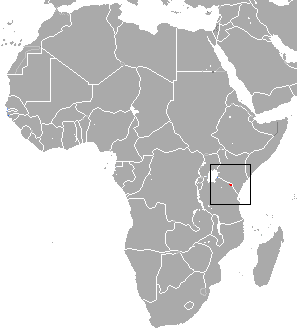
The Kilimanjaro mouse shrew is a species of mammal in the family Soricidae endemic to Kilimanjaro Region of Tanzania. Its natural habitats are subtropical or tropical moist montane forests and swamps.
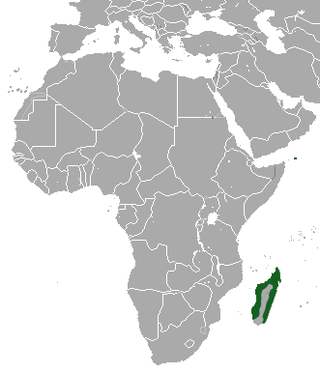
The Madagascan pygmy shrew is a species of mammal in the family Soricidae. It is the only known Malagasy shrew.

According to the current taxonomy, the Myosoricinae are a subfamily of shrews. As such, they form one of three main types of shrews, the other two being the red-toothed shrews and the white-toothed shrews. They are the only one of the three to be found exclusively south of the Sahara Desert, and so they have been described in English as the African shrews, but also many white-toothed shrews are in Africa and therefore this term is more generally used for shrews from Africa in general. The subfamily has three genera and 20 species:
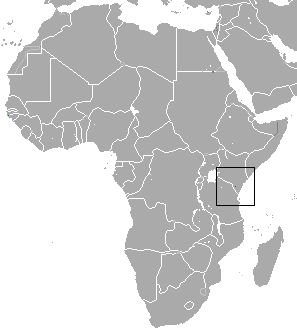
The Taita shrew is an extant species of white-toothed shrew from two localities in the Taita Hills mountain range in the Taita-Taveta District of southwestern Kenya. Given the continuing decline in the quality of this habitat, and the limitations in its range, the IUCN recognises the shrew as an endangered species.
The Bururi forest shrew is a species of mouse shrew native to Burundi. It was first described by Peterhans et al. in 2010, and is defined by a broad hexagonal skull, short tail, and long claws.
The Nyika burrowing shrew is a species of mammal in the family Soricidae found in Malawi.


















